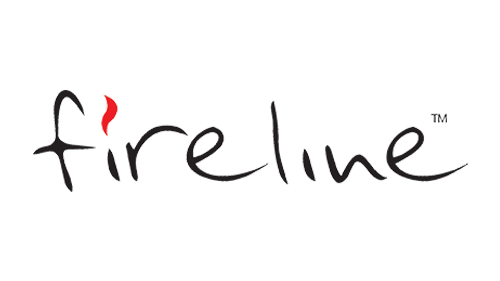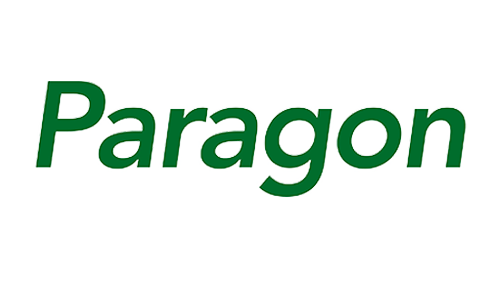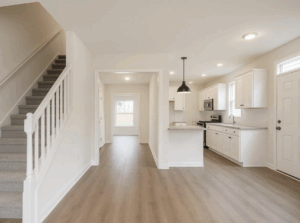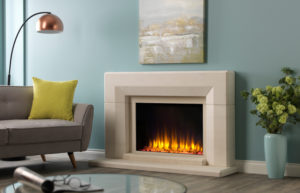Ecodesign wood‑burning stoves, gas fires and electric fires: what’s changed and what still matters.
Net‑Zero Targets the Living Room
As our many articles on this topic have shown, home heating in the UK is undergoing rapid change. Carbon budgets are tightening, electricity is becoming cleaner, and regulations for room heaters have been updated. By 2024, the UK’s electricity reached its cleanest point on record, with carbon dioxide emissions per kilowatt-hour around two-thirds lower than a decade earlier. Beyond 2025, this downward trajectory is set to continue as more wind and solar power connect to the grid.
Three main types of space heating, wood-burning stoves, gas fires, and electric fires, all available in the Charlton & Jenrick range, have seen major improvements in recent years. Ecodesign regulations have raised the bar across the board: wood-burning stoves must now meet stricter efficiency and emission standards; gas fires are required to comply with seasonal efficiency and NOx limits; and electric heaters under Lot 20 must include smart controls to reduce wasted energy. The outcome is a new generation of products that deliver higher efficiency, lower emissions, and more sustainable ways to heat the spaces we live in.
From Coal Grates to Climate Goals
For most of the 20th century, most UK homes burned coal to keep warm. However, London’s 1952 Great Smog, driven mostly by domestic coal fires and power stations, killed thousands and acted as a trigger for the 1956 Clean Air Act. Domestic coal emits roughly 0.34–0.37 kgCO₂e (carbon dioxide equivalent) per kWh of heat, the highest among common household fuels. By comparison, mains gas is around 0.183 kg CO₂e/kWh; electricity’s climate impact depends on the grid mix and has been falling rapidly.
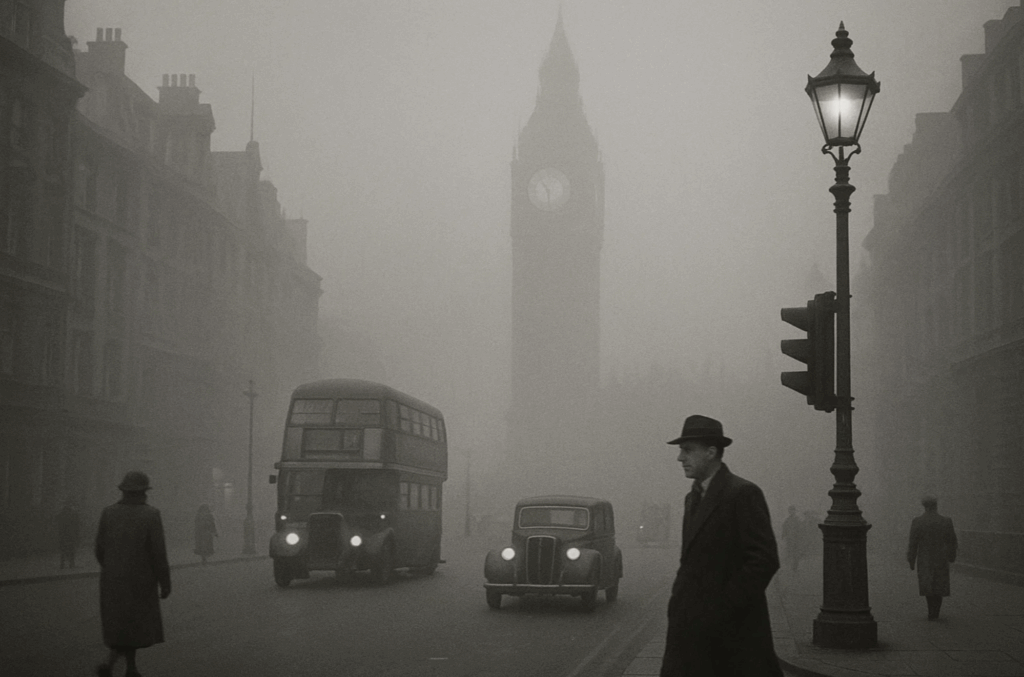
Ecodesign wood‑burning stoves: cleaner by design
As of 1 January 2022, any new solid-fuel local space heater (i.e., the stove you can purchase today) must meet Ecodesign requirements. The industry has moved beyond the legal minimum. Many stoves achieve over an 80% efficiency. The clearSkies mark further demonstrates the huge leaps forward that have been made in the industry.
Fuel rules have tightened, too. Since May 2021, in England, retailers have been unable to sell traditional house coal or wet wood in small quantities. Ready-to-Burn certified wood (with a moisture content of less than 20%) is now the default for domestic users. Dry fuel lights more easily, burns hotter, and produces substantially less smoke and soot.
What it means in practice
Efficiency gains: Compared with an open fire, which is typically only 25% efficient, an Ecodesign stove’s closed, controlled burn extracts far more useful heat from each log, so you use fewer logs for the same warmth.
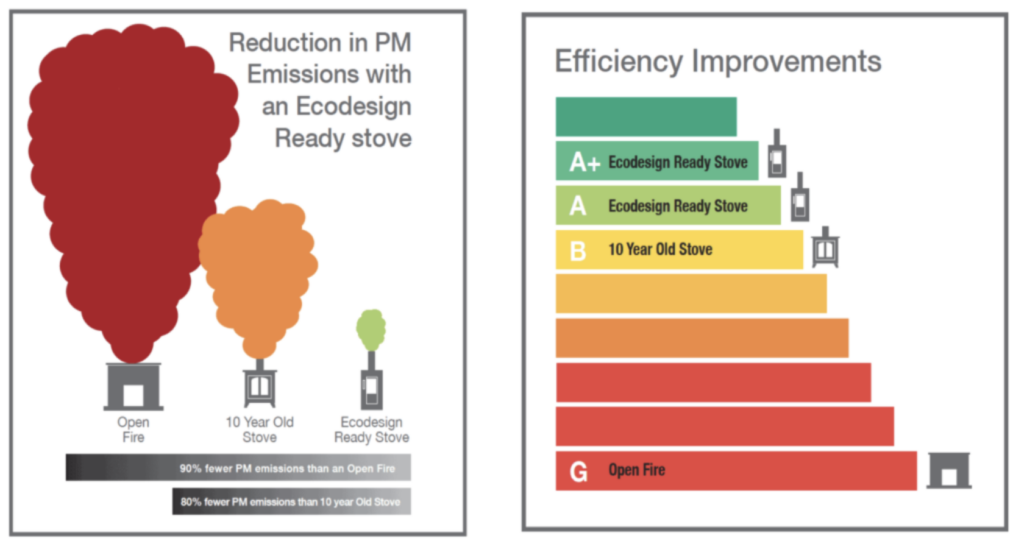
Lower emissions, but not zero: Modern wood-burning stoves reduce PM emissions versus open fires and older, non‑compliant models. But they are not zero-emission.
Know your local rules: In Smoke Control Areas, burning wood is only legal in an exempt (DEFRA-approved) appliance using authorised fuels or correctly seasoned wood. Councils can fine for smoky chimneys and the use of unauthorised fuels.
Stove Best practice
If you choose an ecodesign stove, the lowest-impact path is to buy a model sized correctly for the room, burn only Ready-to-Burn wood (less than 20% moisture), keep the air supply open to avoid smouldering, and sweep and service regularly. That combination delivers the efficiency and emission reductions the regulations were designed to unlock.
Below is our Woodtec FCS Cylinder Stove

Gas fires: higher efficiencies, lower NOₓ, smarter designs
Gas fires have evolved from decorative, open‑fronted units into sealed, glass‑fronted balanced‑flue appliances that draw combustion air from outside and vent exhausts directly outdoors. Under the local space‑heater Ecodesign rules applying since 2018, closed‑fronted gas appliances must achieve over a 72% seasonal efficiency and meet a NOₓ limit of 130 mg/kWh (GCV); open‑fronted units must be over 42% and meet the same NOₓ cap.
Environmental focus
On climate, mains gas emits around 0.183 kg CO₂e/kWh when burned, lower than coal but still a fossil fuel. On air quality, correctly installed, room‑sealed gas fires have very low PM emissions compared with any solid‑fuel appliance, aligning with the health advice to avoid particulate pollution indoors and out.
Where gas fires make sense
If you need dependable, controllable heat with a living‑flame aesthetic and you have a gas connection, a modern balanced‑flue, glass‑fronted fire combines high real‑world efficiency with low pollution levels. Remote thermostats and timers help avoid overheating the space, a simple, ongoing efficiency win.
Below is our Paragon Core Balance Flue Gas Fire.

Electric fires: “100% at the plug” and getting cleaner each yearwhich is typically
Electric heat is 100% efficient at the point of use. The key environmental variable is the cleanliness of the grid when you run the electric fire. The UK grid is becoming cleaner each year, making electric room heating steadily lower-carbon.
Since 2018, Ecodesign Lot 20 has applied to electric local space heaters, requiring features such as precise electronic thermostats, seven‑day timers, open‑window detection and adaptive start to cut waste. In regulatory terms, electric heaters must meet seasonal efficiency thresholds, calculated using a primary-energy conversion factor. However, the significant real-world benefits come from these smarter controls, which turn heaters off when they are not needed. Gains also come from reducing the temperature slightly when needed. You would hardly notice a 1-degree reduction in temperature, but it will reduce your carbon footprint.
Where electric fires fit
Zonal heating: For a single room you occupy in the evening, a 1–2 kW electric fire can be cheaper and greener than running the whole central heating system.
Easy Installation: No flue, no gas line; ideal in flats or rooms where a stove or flued fire is impractical.
Aesthetic without heat: Many models let you enjoy the flame effect with minimal heat input, helpful in shoulder seasons.
Below is our Luminosa 110 Electric Fire
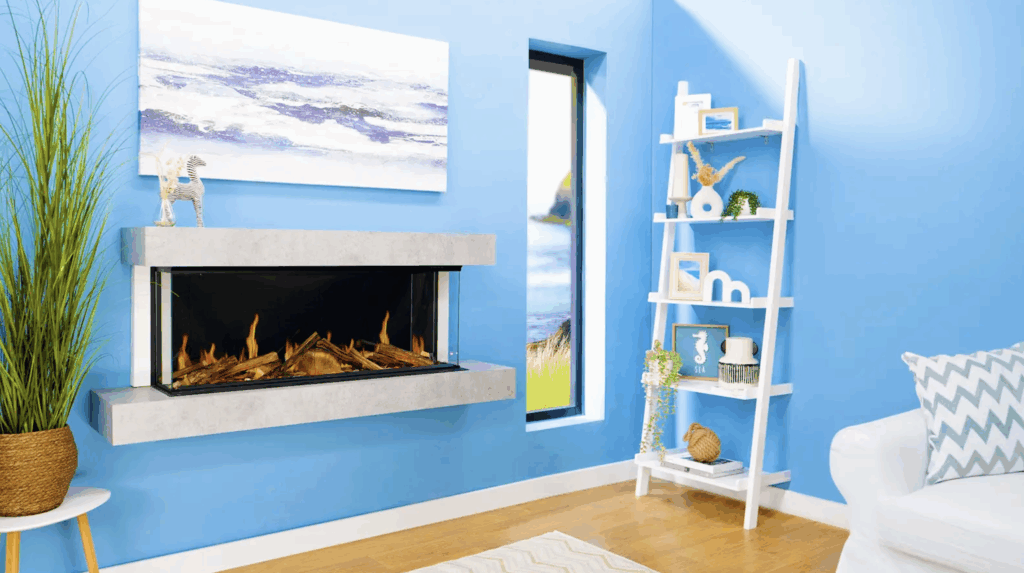
So which is “best” for 2025 on beyond?
There isn’t a one‑size‑fits‑all winner; the lowest‑impact choice depends on your home, your local rules, and how you use heat.
If air quality is your top priority (especially in towns and cities):
A balanced‑flue gas fire or an electric fire will minimise particulate emissions.
If you want the lowest operational carbon today and in the future:
Electric fires improve automatically as the grid decarbonises, and 2024/25 data show significant progress. Running them when the grid is greener (for example, windy evenings) helps further.
Gas fires are typically more carbon‑efficient than poorly used log fires and are very efficient at turning fuel into room heat; their CO₂e is stable per kWh.
Wood-burning stoves. If you do burn dry wood in a modern Ecodesign DEFRA‑exempt stove, you can be confident of a clean and efficient heat. However, operating a stove requires more effort compared to using gas or electricity.
Using any room heater well: the efficiency multipliers
Whichever route you take, small choices compound into big savings:
Get the right-sized appliance. Oversized stoves and gas fires run slack, wasting fuel and producing more emissions; electric fires that are too powerful just cycle on/off.
Exploit controls. Use thermostats, timers and open‑window detection and thermostatic remotes (gas) to avoid heating empty rooms.
Fuel quality matters. For stoves, Ready-to-Burn fuel is essential; wet wood reduces efficiency and increases smoke.
Stay compliant locally. If you’re in a Smoke Control Area, use an exempt appliance and authorised fuels only.
Looking ahead: 2025 and beyond
Two trends will shape the next decade of room heating:
A cleaner electricity system. With each passing year, plug‑in warmth gets greener. That lifts the climate case for electric fires (and for heat pumps for whole‑home heating), and it reduces the “upstream” emissions penalty that once made electric heat look carbon‑intensive.
Tighter product standards and enforcement. The Ecodesign regulations for wood-burning stoves (2022) and gas/electric local heaters (2018) aren’t static; they’re reviewed and can tighten as technology improves. Meanwhile, the Ready to Burn rules and local smoke-control powers are embedding better real-world practices. Expect appliances to keep improving, and poor‑quality fuels to keep disappearing from the market.
The era of the smoky grate is over. Today’s stoves, gas fires and electric fires can all play a role in a lower‑carbon, lower‑pollution home, as long as we choose carefully, size sensibly and, above all, use them well.
View our range of:





